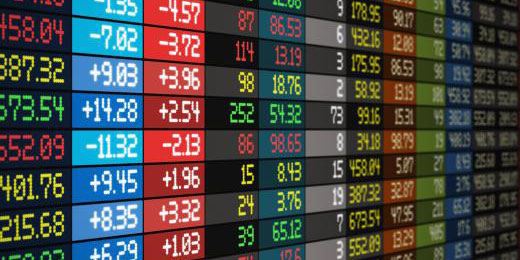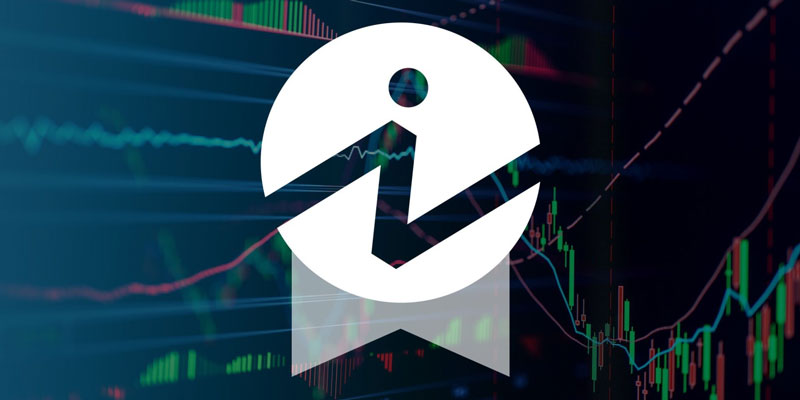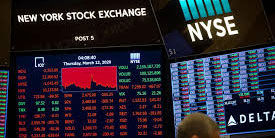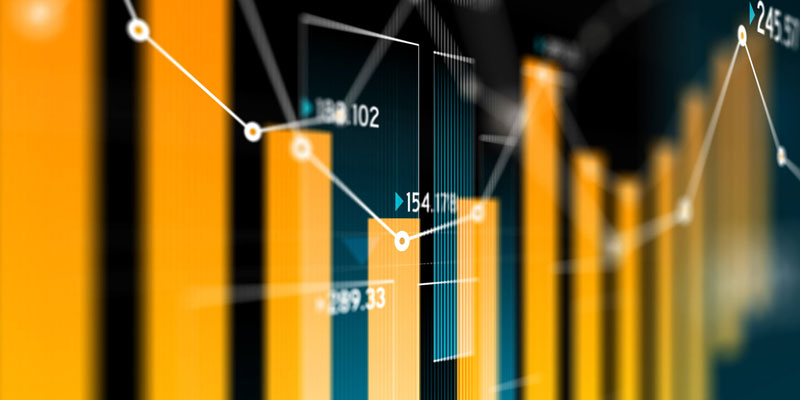The Dow 30 is an average of the prices of 30 large-cap publicly traded companies in the United States that are either listed on the New York Stock Exchange or the Nasdaq. This average is known as the Dow Stock Average. The Dow 30 comprises corporations from every area of the economy except the transportation and utility industries. The Dow Jones Transportation Average and the Dow Jones Utility Average are the respective indices used to assess the performance of these two industries.
The stocks that make up the Dow 30 are chosen by a committee that is comprised of three members of S&''P Dow Jones Indices and two representatives of Wall Street Journal. Although there are no measurable requirements for inclusion, stocks are only picked if the firm creates a large amount of economic activity and has a high reputation. This is the sole criterion for selection. When determining whether firms are qualified for inclusion in the Dow, the committee also ensures sufficient representation from each stock sector within the index.
A Concise Overview of the History of the Dow 30
Charles Dow, founder of Dow Jones &'' Company and editor of Wall Street Journal, was the one responsible for the conception of the Dow 30 in the year 1896. At first, it consisted of just 12 stocks, most of which belonged to the industrial sector. Edward Jones was not involved in developing Dow Jones Industrial Average, even though Dow incorporated Jones's name in the index's moniker.
Despite popular belief, Dow Jones Industrial Average was not the first index developed by Dow. In 1884, Dow created an index that included 11 different equities. But Dow thought that industrial enterprises, which were considered extremely speculative at the time, were essential to the economy's expansion. Dow understood that railways did not give a comprehensive view of the economy, even though railroads were employed to convey industrial products.
Therefore, to monitor larger patterns in the market, he separated the two into their indexes. The railroad index eventually developed into what is now known as the Dow Jones Transportation Average, while the industrial index grew into the Dow 30. Since then, both indices have been included in each edition of Wall Street Journal. The Dow 30 began with just 12 companies in 1916, but by 1928 it had grown to its current 30 companies.
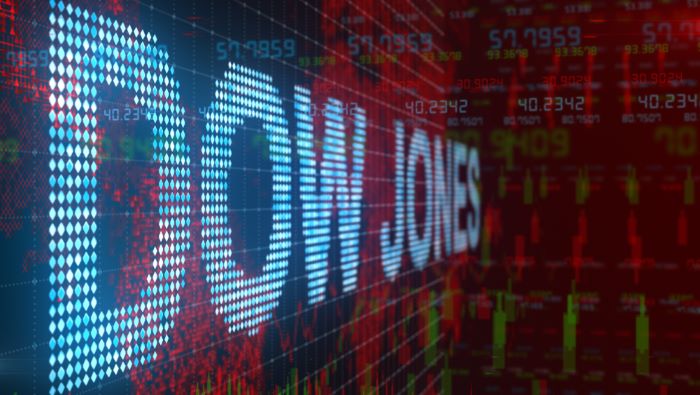
The Functioning of the Dow 30
Because the Dow 30 is a price-weighted index, stocks with higher share prices bear a larger weight than those with lower values. Take, for instance, the case where you have a price-weighted index consisting of three equities with respective prices of $10, $20, and $100. The effect of a 20% rise or drop in the value of the $100 stock would be far greater than that of a 20% shift in the value of the $10 stock.
The total prices of the 30 stocks are determined. After then, they are reduced by a factor referred to as the Dow divisor, which is equal to 0.1519 (but is occasionally revised). Changes in the composition of the firms included in the index, as well as events such as stock splits and special dividends, which affect the price of the stock but do not alter its value, cause the divisor to be adjusted over time.
Alternatives to the Dow 30
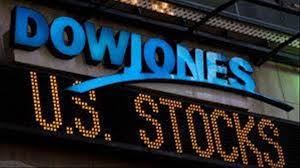
The swings of the Dow 30 get a lot of attention in the headlines, yet, most fund managers believe that the S&''P 500 index is a superior measure of the stock market.
The S&''P 500 is a better indicator of the domestic stock market than other major indices. It monitors 500 stocks as opposed to thirty. According to market capitalization, which is the entire value of a company's outstanding stocks, more than 80 percent of the stock market in the United States is included in the S&''P 500 index.
The Dow 30 is based on price weighting, whereas the structure of the S&''P is based on market capitalization weighting. A stock currently trading for $200 a share would have four times the impact on the index as one trading for $50, despite the fact that the company whose stock is trading at $50 could be the greater driver of economic activity. This is because price-weighting gives more weight to stocks trading at higher prices. The market-cap weighting of the S&''P 500 is often chosen as the favored option since bigger firms have greater sway.
